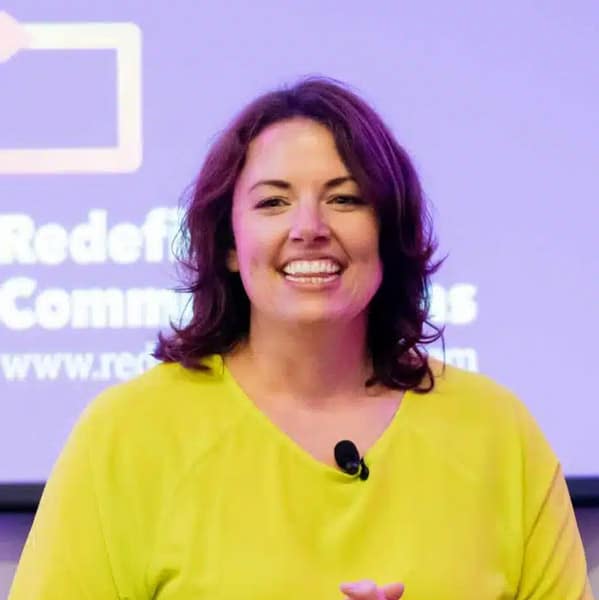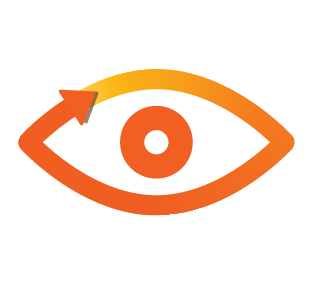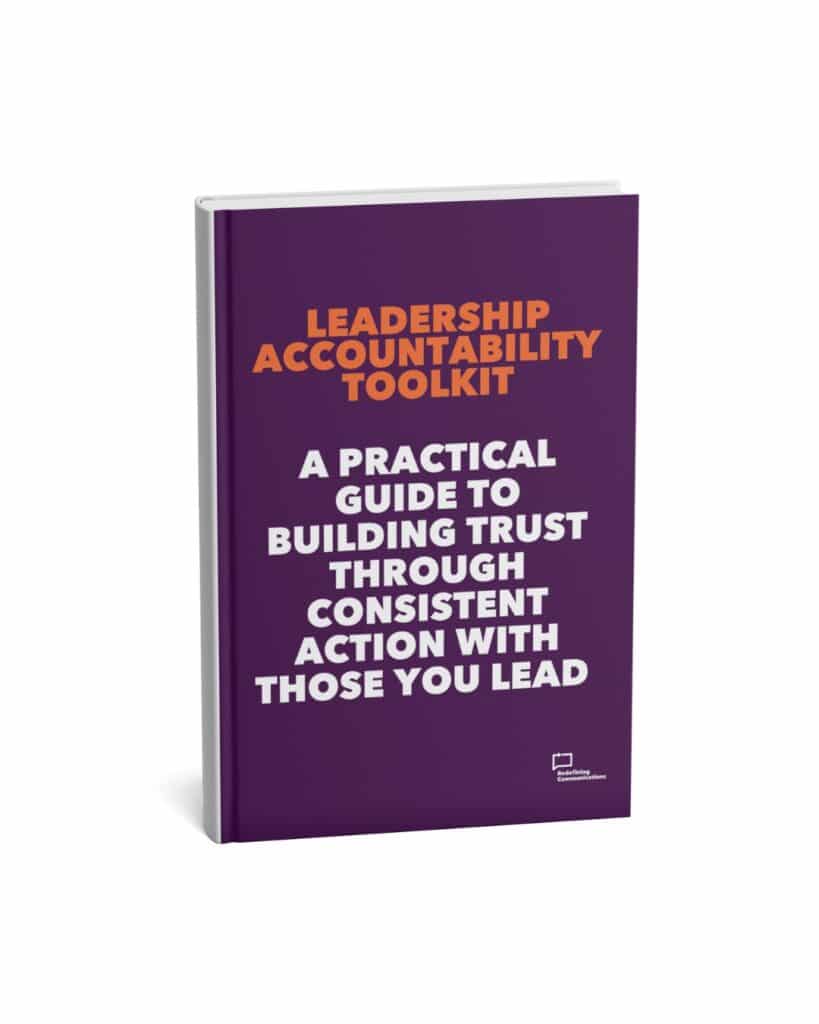We talk a lot about organisational change with our clients.
The Field Model™ is designed to help you go from chaos to calm and as a result, a lot of the conversations focus on change – the root cause of issues, behavioural change and broader organisational change and transformation. I’m not going to cover The Field Model here, but if you want to read more about it you can read my blog, What is The Field Model?
There are lots of change models to help people work through it all, but there are three frameworks I come back to again and again when I’m talking to clients. I want to share them and also why I find them useful.
Firstly, before we delve into the frameworks, we must make sure three elements are in place when it comes to change: people, relationships and alignment.
People – we must understand people to be effective communicators. There are some links below to read or listen to more on this, but without a fundamental understanding of what it is to be human, communicating during change is going to be such hard work. We have to understand why people struggle with ambiguity, how we are hard-wired to focus on threats and how we fill in the blanks with something negative.
Relationships – we are all in relationships at work, whether it’s a term you’re comfortable with or not. The foundations for great relationships are trust, mutual respect and honesty – we have to have these in place and if they aren’t there already, communicating and managing organisational change will be hard.
Alignment – people inside the organisation should be aligned – to each other in the leadership team and to the organisational strategy. If we aren’t aligned as an organisation, it means that change is even harder to navigate. If we all have different “maps” of the organisation, how do we know where we are going? I interviewed Benjamin Ellis, data scientist, for my book, Influential Internal Communication. He told me:
So now we have the foundations in place we can start to talk about the frameworks. The three I want to mention here are the six concerns of change, the COM-B model and Think, Feel, Do.
A framework to address fears about change – The six concerns of change
Research tells us that there are six things that concern people when it comes to change and to communicate effectively we must address these concerns:
- Information concerns – what is the change about and why do we need to change?
- Personal concerns – what’s in it for me, right now?
- Implementation concerns – how is it going to work? How will it be implemented?
- Impact concerns – does this change make any difference?
- Collaboration concerns – how does everyone get involved? There’s no point changing if others aren’t on board.
- Refinement concerns – are we enabling voices to be heard so that we can continually improve or refine the change?
An easily adapted change model – The COM-B model
This is a model used by the Government Communication Service in the UK. There is more detail on the website with a PDF you can also download, but the principles are around whether people have the Capability, Opportunity and Motivation to change Behaviour – COM-B:
Capability (C): In order to change behaviour, the person must feel that are both psychologically and physically able to do so. Capability is about having awareness and knowledge.
Opportunity (O): They must have the social and physical opportunity to carry out the behaviour. It’s about having the resources and processes in place.
Motivation (M): They must want or need to carry out the behaviour more than other competing behaviours. Motivation is linked to beliefs and attitudes.
You can use this model both lightly and in-depth. Once you understand the different things under COM-B you can then work out the messaging linked to them to help people move forward. You can also work out whether it’s a capability issue or a motivation issue and focus your messaging around that as well.
A great change framework for non-communications professionals – Think, Feel, Do
I use this one a lot; often because a lot of our clients aren’t communicators. They are business leaders looking for help in making changes in their organisation. This framework helps especially if you have people working through projects without any (or few) skills in communication. It stops us from being focused on the task and focuses us on people, quickly.
Just ask:
What do you want people to think?
How do you want them to feel?
What do you want them to do?
You might not need to answer all three, but this helps us to think about the impact of what we’re doing.
Communicating organisational change requires lots of component parts coming together. You need to know the outcome you’re looking for, the current state and desired future state to know the gap for employees. Importantly, these change frameworks allow you to do what is right for your organisation, culture and people. There shouldn’t be a strict change model or process; you’ll need the flexibility to do what is right that is individual to your organisation and teams.
Further resources:
Ambiguity, resilience, and the Stockdale Paradox | Why employee engagement needs to be more than just campaigns and rewards | How fear and culture will impact hybrid working | Podcast episode Chaos to calm: Communicating Change
If you’d like to ask me any questions about communicating change in your organisation, please get in touch to book a free 15-minute call.








